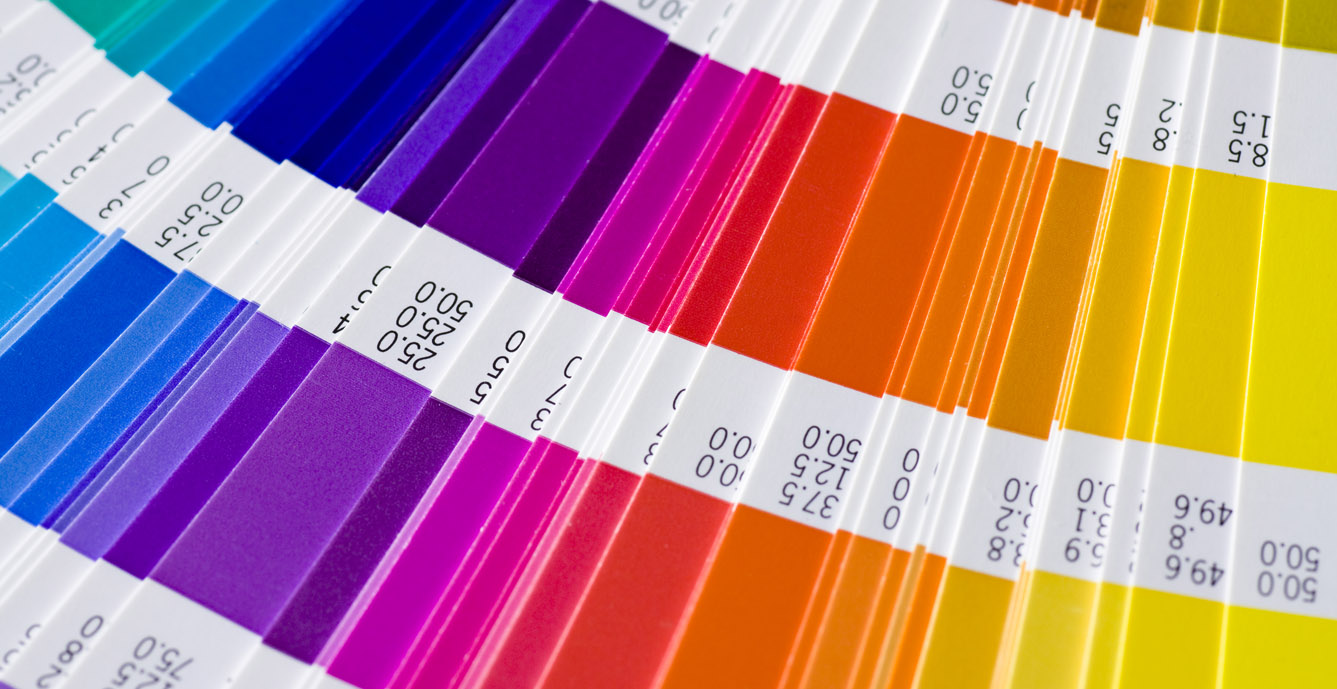Brand Guidelines can become the bible that sets out how your brand is used, and it should be communicated.
A brand is more than just a logo. The dictionary definition of a brand is the ‘set of qualities that people connect with a particular product or organisation.’ A brand is what people associate with your business. It’s your company values. It’s what you stand for. It’s an experience someone had when buying or doing business with you. The sensory cues, such as a logo, fonts, colour palette, slogans, jingles all help to build a picture in a person’s mind of what your business stands for and why they would use your services or buy your products.
These sensory elements are usually called ‘Brand Assets’. Please note the word ‘asset’. When these elements are used, consistently, over a period of time, they should enable people to quickly associate them with your business. For example, a certain sports brand is represented by a ‘tick’. You don’t even need to say their name and most people know who they are, what they sell, who would buy from them, and a typical price point. All from seeing a tick!
Consistency is key!
I’ve worked with many SME’s over the years. I once overheard two people who worked for a small charity saying…
“Could you stick the logo on that”
“Yeah, no problem. It’s not going to fit so I’ll just make the logo a little bit longer”
First of all, ‘sticking’ a logo on something means that you aren’t considering the design of the document that you are creating. You should consider whether the placement of the logo is correct? Is it an appropriate size? Does it follow the style that should have been established for marketing material?
Secondly, you should never change the dimensions of a logo just to make it fit an area. If it doesn’t fit ask yourself why? Can you redesign the document so it accommodates the logo as it should be viewed? Does the document follow the established style for your business? If it does, why doesn’t the logo fit?
The role of brand guidelines
When we brand a company, we build in the creation of brand guidelines into the project. Brand guidelines are clearly defined rules about how your brand should be represented in the world. They help our clients to ensure consistency across all of the materials they produce. Calling them ‘guidelines’ is actually a nice way to say ‘rulebook’! You should be able to confidently pass your brand guidelines document to a supplier and know they have everything they need to produce items that are consistent with your overall brand.
What they should include
Some of the areas a brand guidelines document should cover are:
- Information about your brand’s history, mission, values, and vision
- Guidelines on logo usage including colour palette, file format(s), minimum and maximum sizes, contexts, spacing, and usage permissions e.g where it should and shouldn’t appear
- Colour palette including colour breakdowns for both print and digital
- Fonts and text sizes for both print and digital
- Tone of voice
- Design elements and types of imagery, icons, and photography
These are just a few of the standard items that brand guidelines should cover. When you are working on your business brand with your design agency you should get them to tailor your guidelines to your business needs.
Remember the sports manufacturer I mentioned earlier? Well, they don’t stretch their logo. They don’t squash it, they don’t flip it. Consistency is key when building a brand. Invest the time and money in producing brand guidelines that will help you to build your business brand.
At Contribute, we have over 20 years of experience in building brands. If you want to build a brand that can stand the test of time and have the tools to help your build your brand reputation, get in touch today. Call us on o141 354 1711 or use the contact form on our Contact Page.
(Just in case you weren’t aware… the sports brand was Nike!)


Leave A Comment